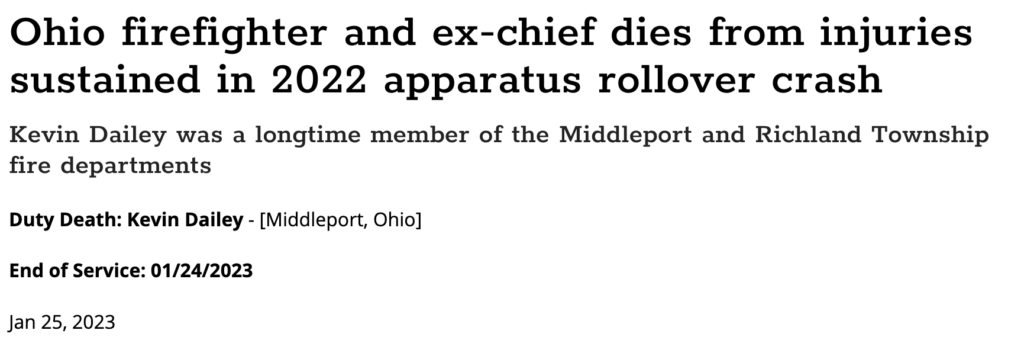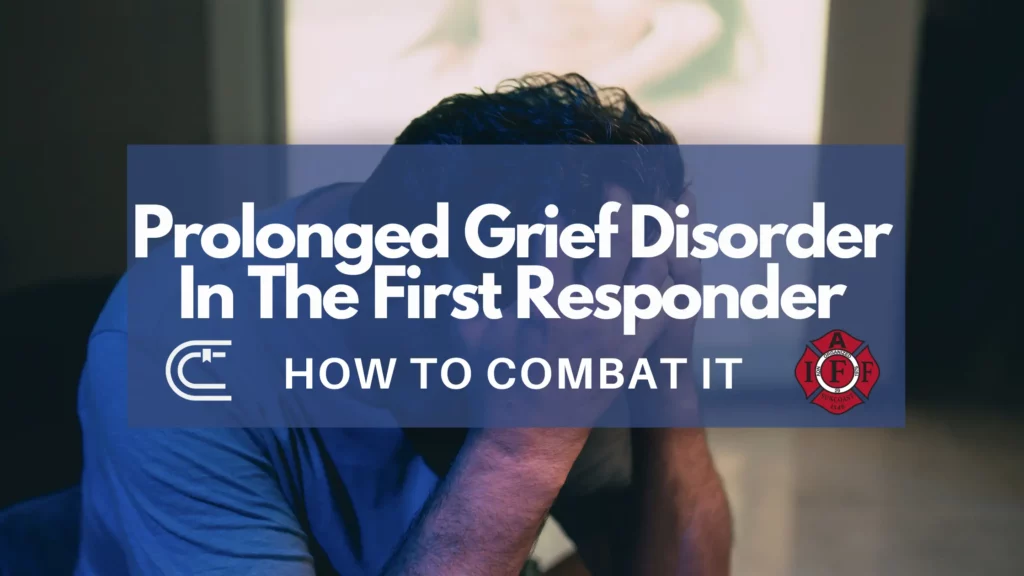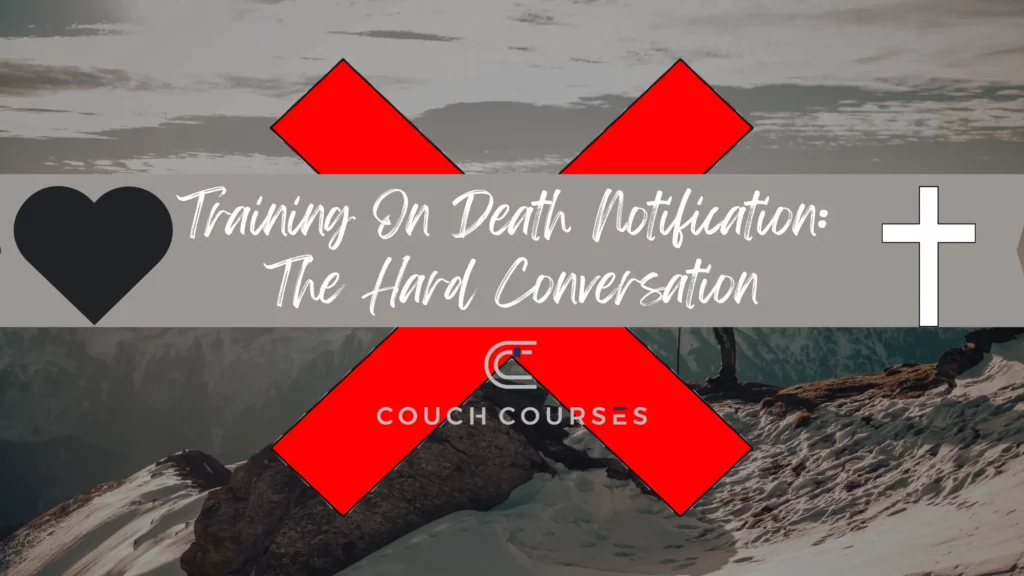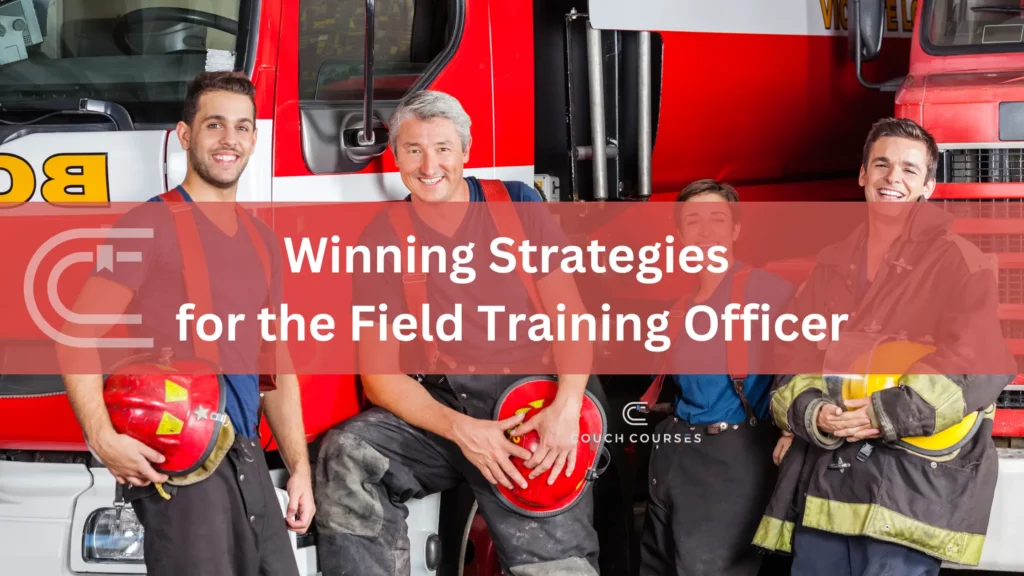Staying Safe on 911 Calls: Tips for Firefighters
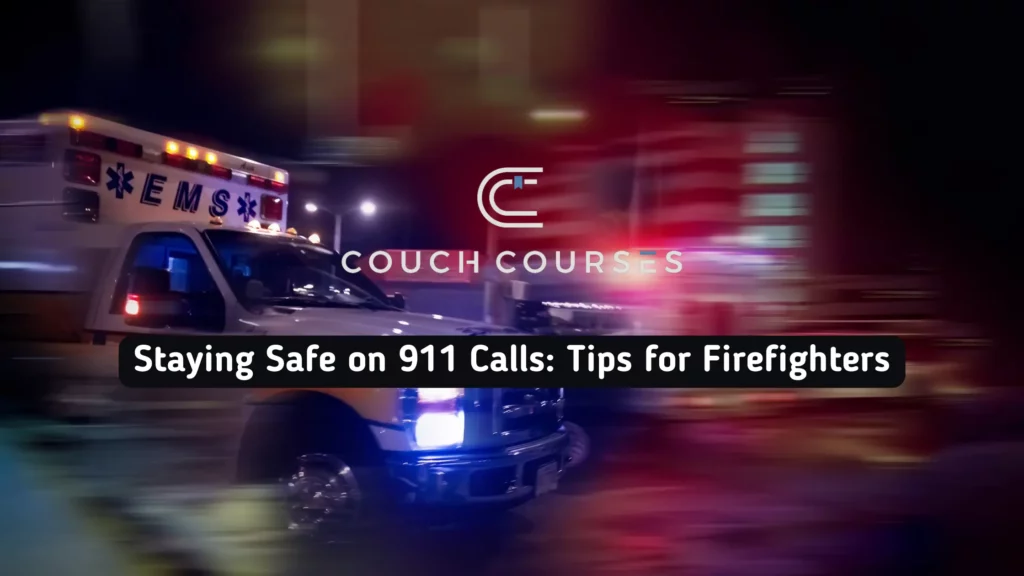
It’s not hard to come across news stories or articles about firefighters being subjected to assaults, attacks, or injuries. Just look at some of these headlines from FireRescue1.
Safety on 911 calls is a large topic that can span several articles and be its own mini-series.
First, I want to approach this vast topic at a high level and eventually dive into the caveats of each component we discuss in future articles.
The idea behind this blog is to stir conversations that inspire dialogue and bring awareness that may save lives.
Preparing for the 911 Call
I wrote a previous article with tips on things that can be done en route to the 911 call to help begin setting yourself up for success in mitigating the emergency you are dispatched to.
Some of the tips discussed in that article are digesting the dispatch information (who, what, where, when, and potential whys), taking current information and past call history to help apply it to the game planning, brainstorming, and delegating portion of running our 911 calls.
In previous dispatches, history of law enforcement encounters, batteries, or other violent calls of service (if your CAD allows that information) can be huge in preparing mentally for a potentially violent individual.
History of calls for disabled patients, the elderly, or children can also become part of your potential considerations for fire calls and medical calls.
Selection of PPE, like bunker gear, extra medical PPE for those flu-like patients, or bulletproof vests for potential violence calls, can all be garnered from absorbing and applying all of the information that is being provided to you pre-dispatch.
Training like reading this blog, discussing potential incidents, and finding ways to de-escalate with your crews before receiving a call can be just as important and often overlooked. Still, it should be normalized, like practicing throwing ladders or pulling lines.

Assessing the Scene
We often equate 360 size-ups strictly to fires, but honestly, we should be doing it on all of our calls.
With medical calls being a large part of our call volume, we should take the time on arrival to size up a property, determine the different potential for bystanders on the scene, and see what additional information can be used to prepare mentally before committing to the door.
Often, some of my most dicey calls have been medical calls that take me by surprise, and many times, it was not the patient I was there to treat that became aggressive or began to threaten me verbally/physically.
Escape routes and safe working areas are not just for mitigating fires or hazmat calls. Separating parties and sometimes moving to a controllable lockable space like the back of the ambulance is the best course of action for maintaining safety on a scene.
Staying Alert and Focused
I briefly hit on the fact in the above paragraph that I have oftentimes been caught off guard, and part of that is complacency. I am running the fourth chest pain call of the day; who would suspect a person in the house to have a gun?
You are dispatched for a pushed medical alarm in the middle of the night, with no response. You arrive on-scene and begin trying to make entry into an elderly person’s home who doesn’t hear you, see you, or know if you’re a firefighter or a bad guy. Guess what? Maybe he is armed.
Partners communicating and discussing potential risks as they walk into a call cannot be overstated. Sometimes you take that your partner saw those drugs, needles, and guns for granted. Make sure there is no doubt.
Communication and Coordination
Every team member should have access to a radio and backup alternative communication methods.
In my agency, we have a protocol for when we push the emergency button on our radios. Dispatch will call to ensure it was not an accident, and either if we do not answer the question or we give a code “it’s all okay word,” in case we are being listened to by an attacker. Dispatch will begin to send the cavalry without asking again.
I have used code words with students riding along; if something is not feeling right and I want that student to get out of the scene, I will tell them, “Please get the purple bag on the rescue.” That is code for returning to the ambulance and sitting there until I am done.
Conclusion
Some may say all the above steps are paranoia or over the top, but I argue why not be ready for the unexpected.
We do all of this already with structure fires; why are we not mentally preparing with training and scenarios for other safety issues occurring all the time worldwide?
Be sure to follow Couch Courses on Facebook, Instagram, Twitter, and LinkedIn for special offers, new courses, and more!

